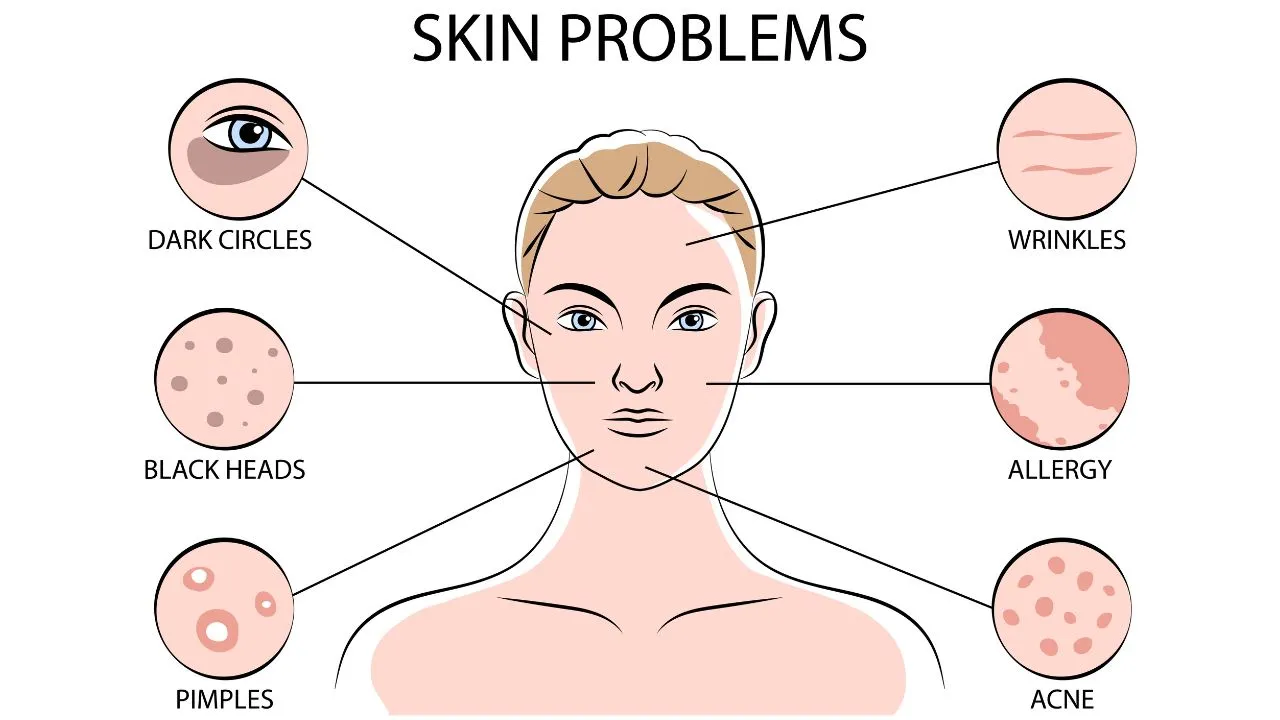Schedule an appointment for mohs surgery to remove skin cancer with minimal scarring.
Schedule an appointment for mohs surgery to remove skin cancer with minimal scarring.
Blog Article
Mohs Surgical Procedure Explained: A Key Treatment in Dermatology for Handling Skin Cancer Cells Properly
In the world of dermatology, Mohs surgical procedure stands as a crucial treatment for combating skin cancer cells, specifically basal cell and squamous cell cancer. What specifically makes Mohs surgery so effective and how does it add to positive client outcomes?
Recognizing the Basics of Mohs Surgical Treatment
Although it could sound complicated, Mohs surgical procedure is a precise medical method made use of predominantly to deal with skin cancer cells. Called after Dr. Frederic E. Mohs, who established the procedure, it gives the greatest remedy price for particular sorts of skin cancers, consisting of basic cell carcinoma and squamous cell cancer. The primary purpose of Mohs surgical procedure is to get rid of all cancer cells while sparing as much healthy and balanced tissue as possible. It acts as a favored choice for cancers found in cosmetically delicate or functionally important areas like the face, hands, feet, and genitals. Its accuracy and high success rate have made Mohs surgical treatment a cornerstone in dermatology, offering wish to people worldwide. It's crucial to note, however, that this treatment is usually scheduled for particular kinds of skin cancer.

The Treatment: Step-by-Step Breakdown of Mohs Surgical Procedure
While Mohs surgical treatment might seem complicated, recognizing the detailed procedure can aid demystify the process. The treatment begins with the surgeon eliminating a slim layer of noticeable cancerous skin. This layer is then thoroughly taken a look at under a microscope for cancer cells. If cancer cells are detected, the specialist removes another layer of skin and the process is repeated. This cycle continues until say goodbye to cancer cells are found, ensuring the full elimination of cancer while maintaining as much healthy skin as feasible. The wound is then shut making use of stitches, a skin graft, or it may be delegated heal normally. Postoperative treatment is important to promote recovery and monitor for any signs of recurrence.
The Advantages of Mohs Surgical Treatment in Skin Cancer Cells Therapy
An excellent variety of people have actually uncovered the one-of-a-kind advantages of Mohs surgical procedure in their battle versus skin cancer. Concerned for its precision, this method targets malignant cells while protecting bordering healthy and balanced tissue, bring about marginal scarring. Its high precision minimizes the possibility of cancer address reoccurrence, supplying patients with comfort. The procedure is generally performed on an outpatient basis under regional anesthesia, making it less straining on the body than even more intrusive surgical treatments. Additionally, as it involves prompt microscopic examination of the removed cells, it guarantees complete cancer cells elimination in a solitary see. Therefore, it gets rid of the need for numerous surgeries, conserving time and lowering tension for people. Mohs surgery provides a premium choice for reliable imp source skin cancer cells treatment.
Possible Dangers and Issues Connected With Mohs Surgical Treatment
Regardless of its various benefits, Mohs surgery is not without prospective threats and difficulties. In unusual instances, clients may experience nerve damage, leading to numbness or weak point in the area of surgical treatment. The emotional impact of a skin cancer diagnosis and succeeding surgical procedure must not be undervalued, as it can lead to stress and anxiety and depression in some patients.
Getting ready for and Recouping From Mohs Surgical Treatment: What to Anticipate
To ensure the most effective possible outcome from Mohs surgical procedure, clients require to adequately prepare for the treatment and understand what to expect during recuperation. Preparation typically includes a comprehensive conversation with the doctor about the individual's medical history, current look at more info drugs, and potential allergies. Some medications may need to be stopped prior to the surgical treatment to reduce bleeding. Postoperative care is critical for successful healing. Patients might experience moderate pain, redness, or swelling, which can be managed with recommended medicines. They are encouraged to rest, stay clear of laborious tasks, and keep the surgical site tidy and dry. Routine follow-ups are needed to check healing and detect any type of issues early. The secret to recovery is clients' adherence to their medical care service provider's directions.
Final thought

Report this page